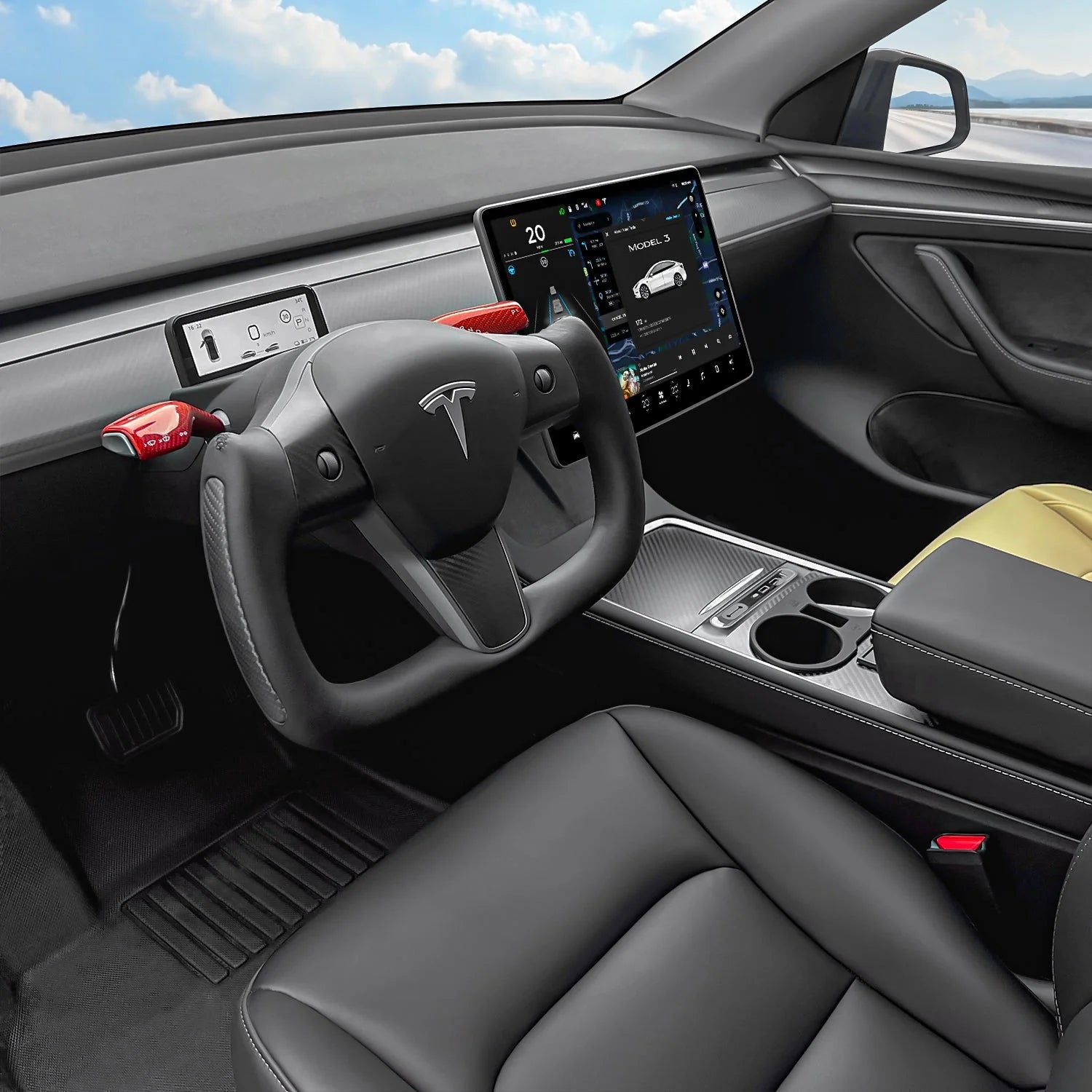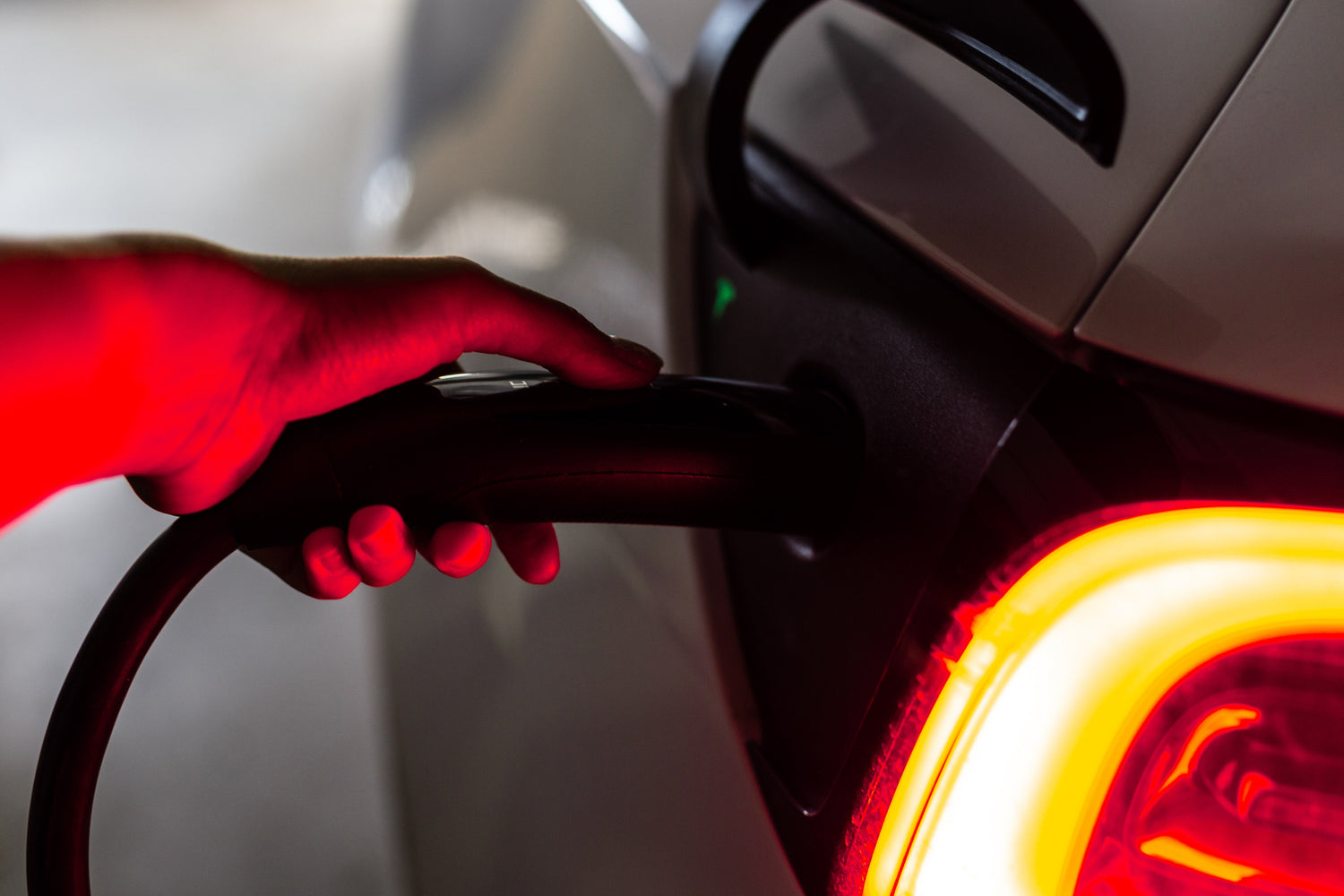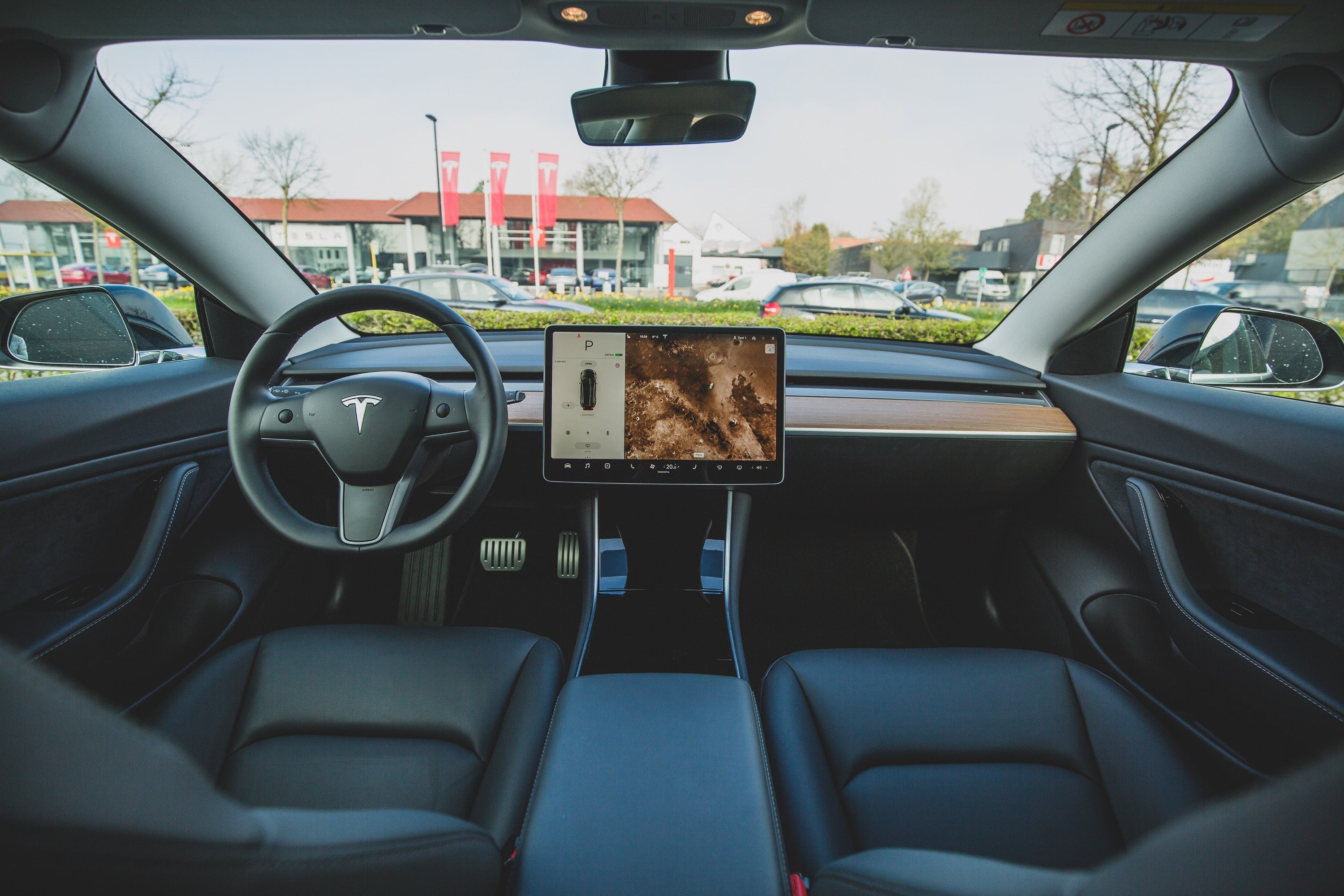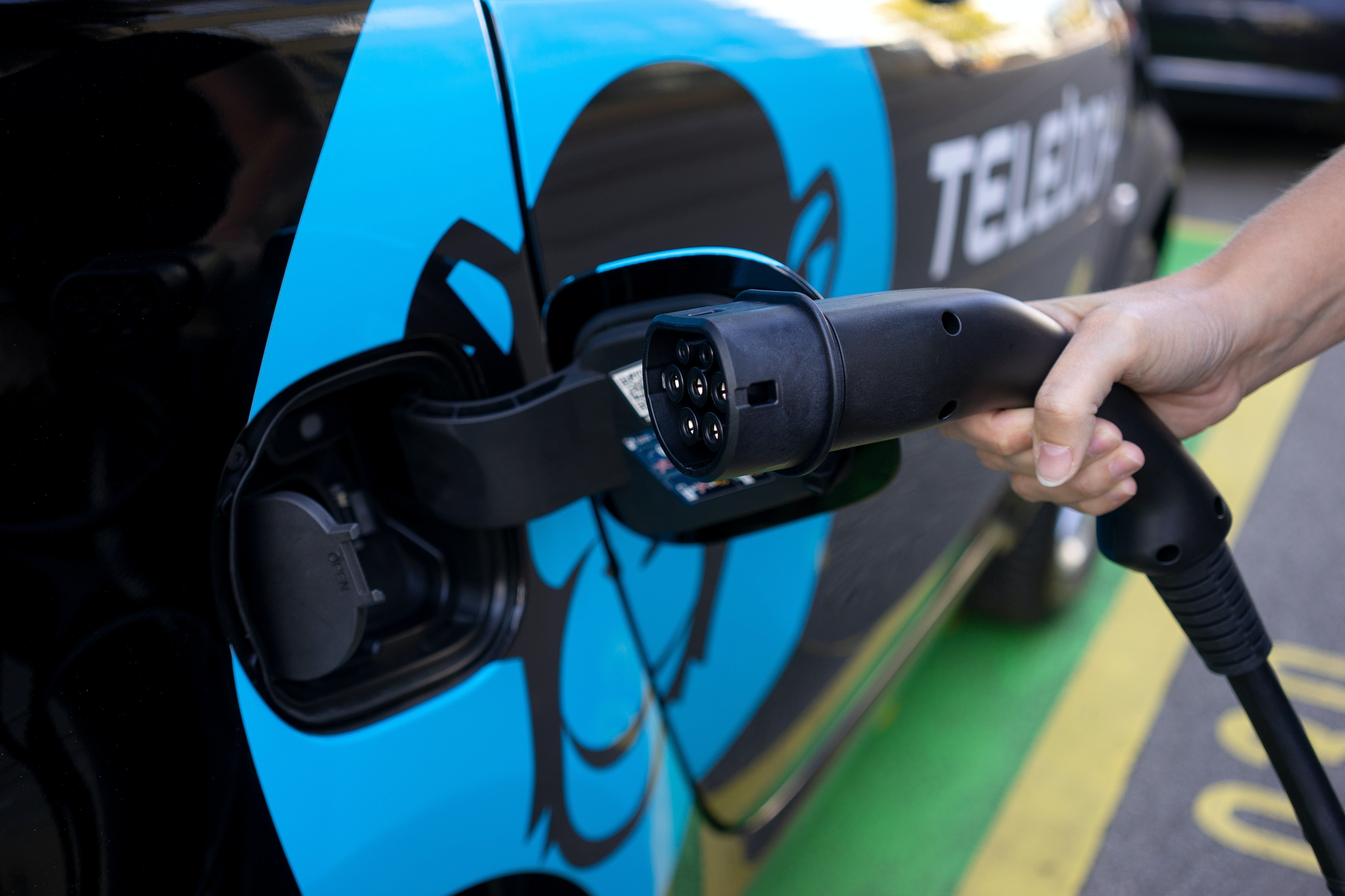Updated on: 25.07.2024
As the electric vehicle (EV) landscape evolves, understanding the nuances of the charging ecosystem becomes paramount for potential EV buyers and enthusiasts. One of the key questions often posed is the difference between Type 1 and Type 2 EV chargers. In this article, we'll delve deep into the intricacies of these two charger types, their advantages, and their significance in the world of EVs.
Importance of EV Chargers in the Electric Vehicle Ecosystem
EV chargers are the lifeblood of the electric vehicle ecosystem. Without them, the transition from traditional combustion engines to electric power would be impossible. The speed, efficiency, and availability of chargers play a vital role in influencing a potential buyer's decision to switch to an EV. As we gravitate towards a more sustainable future, understanding the types and functionalities of these chargers can make our transition smoother and more informed.
Why Understanding Charger Types Matters

With a wide array of EVs available in the market, each might have specific charging requirements. Knowing the type of charger your EV requires or understanding which charger is more prevalent in your region can save you both time and inconvenience. Additionally, for potential EV buyers, comprehending charger types can influence purchase decisions based on home charging capabilities or the availability of public charging stations.
Overview of Type 1 and Type 2 Chargers
Before diving into the specifics of each charger type, it's essential to grasp some fundamental concepts related to EV charging.
Basic Concepts of EV Charging
At its core, EV charging involves transferring electrical energy from a source to the vehicle's battery. This process is facilitated by a charger, which ensures the safe and efficient transfer of energy. Chargers come in various forms and capacities, catering to different vehicle types, battery sizes, and user requirements.
How EV Charging Works
The process begins when an EV is plugged into a charger. The charger communicates with the vehicle to determine the battery's state of charge and adjusts the power delivery accordingly. Once the battery is nearly full, the charger reduces the power supply to trickle charge and maintain the battery at optimum levels.
What is a Type 1 Charger?
Type 1 chargers, also known as J1772 or Level 1 chargers, are among the earliest EV charging solutions and remain a primary choice for many electric vehicle owners, especially in certain regions.
Technical Specifications
The Type 1 EV charger has a single-phase design, providing AC power. Many people who have imported their EVs from the US ask us if they can charge at 3-phase- sorry, the answer is no. It’s technically impossible due to the port’s specifications. It operates within a power range of about 1.3 kW to 7.4 kW. As a result of its design and specifications, Type 1 is typically slower than its Type 2 counterpart. Its connector comprises five pins: two for power, two for communication, and one for grounding.
Voltage and Amperage
Type 1 chargers usually operate at a voltage of 110 to 120V, when used as standard home EV chargers in the United States. Domestic EV chargers in Europe operate a 220V. When connected to these voltages, they typically deliver an amperage in the range of 12 to 16A.
Plug Design
The Type 1 plug design is quite distinct. It features a round connector with a flat top, housing the five pins. The design ensures safe and secure connections, reducing the risks of mishaps during charging. One of its major advantages is the latch design that prevents the plug from being inadvertently unplugged.
Geographic Prevalence
The Type 1 charger is primarily prevalent in North America and parts of Asia. In these regions, it's commonly found in residential settings due to its suitability for overnight charging, given its slower charging speed compared to Type 2.
Materials Used in the Making
Here's what materials are used in the making of Type 1 chargers:
Connector Housing:
This connector housing is made of robust, rigid plastics like polycarbonate or nylon. This plastic is used because it's tough to protect against environmental factors and insulates electricity.
Pins and Contacts:
- Copper: The pins used inside the connector are made of copper because it is a good conductor of electricity, helping an efficient charge into the vehicle.
- Nickel-Plated Copper: Nickel is indicated on the copper pins to prevent rusting and wear, thus assuring the reliability of the connection.
Insulation:
- Rubber or Thermoplastic Elastomer (TPE): Rubber or TPE generally is used as the material surrounding the pins and wires. These materials will insulate electricity and protect against shock, moisture, and changes in temperature.
Locking Mechanism:
- Metal Alloys: The connector is locked with strong metal alloys. These metals hold the connector firm while charging.
Cable Sheath:
- Flexible PVC or Rubber: The cables are sheathed in flexible PVC or rubber. This makes them easy to handle and protects them from wear and environmental damage.
What is a Type 2 Charger?
The Type 2 EV charger, commonly known as the Mennekes connector in certain circles, has steadily gained traction as one of the most versatile and widely accepted EV charging solutions in many parts of the world.
Technical Specifications
Type 2 chargers are more versatile than their Type 1 counterparts, boasting both single-phase and three-phase charging capabilities. This allows them to provide power ranging from as low as 3.7 kW up to a robust 22 kW for AC charging. The connector for a Type 2 charger has seven pins: two for power in single-phase charging, three for three-phase power, one for grounding, and one for communication.
Voltage and Amperage
On the single-phase front, Type 2 chargers operate at voltages of 220 to 240V, similar to common household appliances in Europe. In this configuration, they typically deliver between 16 to 32A. However, when leveraging its three-phase capabilities, the voltage goes to 380V, while, the amperage is still between 16A and 32A, making it suitable for faster charging sessions.
Plug Design
The Type 2 plug is larger than the Type 1, with a more rectangular design. The seven-pin layout is arranged in two rows, with three pins on top and four below. Its safety and reliability are enhanced by the presence of a locking mechanism that ensures the charger remains connected during a charging session.
Geographic Prevalence
Type 2 chargers are predominantly found in Europe and have been adopted as the standard for public charging infrastructures in many European countries. Their versatility, combined with the push for faster charging solutions, has seen them spread to other parts of the world as well, including some regions in Asia and Oceania. Their suitability for both home and public charging has solidified their position as a primary EV charging solution in many global markets.
Materials used in the making
The materials used in the making of type 2 chargers are:
Connector Housing:
Type 2 connector housings are fabricated from very strong, high-grade plastic, usually polycarbonate or nylon. Plastic is used because it has the properties of strength, durability, and insulation towards electricity.
Pins and Contacts:
- Copper: The pins inside the Type 2 connector are of copper material, which is a very good conductor of electricity. This contributes to efficient vehicle recharging.
- Nickel-Plated Copper: To prevent corrosion and wear, the copper pins are coated with a layer of nickel. This coating helps keep the connection strong and reliable.
Insulation:
- Rubber or Thermoplastic Elastomer (TPE): These materials insulate against electrical shocks, preventing shock to the user and protecting the cables from moisture and temperature changes.
Locking Mechanism:
- Metal Alloys: All lockable parts of the Type 2 connector are fabricated with robust metal alloys. These metals hold the connector firmly in place while the vehicle is charging.
Cable Sheath:
- Flexible PVC or Rubber: The cables are sleeved with flexible PVC or rubber sheaths. This design makes the cables easy to handle and protects them from damage and environmental factors.
Comparison Between Type 1 and Type 2 Chargers
When determining the best charger for one's needs, understanding the differences between Type 1 and Type 2 is crucial. The most important factor while choosing your charger is your EV’s charging port. If your car was intended for use in North America it will have a Type 1 port, while European cars will come with a Type 2 port from the factory.
Residential Charging
For many EV owners, the home is where the majority of charging takes place. Here, convenience and compatibility are paramount.
Type 1: Given its standard voltage of 110 to 120V, which aligns with typical North American household outlets, it's a convenient choice for home charging in the region. Its slower charging speed is also not a drawback in a residential setting where overnight charging is common.
Type 2: With its 220 to 240V single-phase configuration, Type 2 fits perfectly with European household standards. Its adaptability means homeowners can opt for slower overnight charging or quicker charges, depending on their electricity setup and needs.
Commercial Charging Stations

Commercial charging stations are the lifeline for many EV drivers, especially during long trips or for those without home charging facilities. Speed, accessibility, and compatibility are key factors in this realm.
Type 1 & CCS1: Type 1 (J1772) connectors are prevalent in North American commercial charging stations. For faster charging needs, many stations have begun integrating the CCS1 — a variant of Type 1 with two additional DC pins for rapid charging. The CCS1 thus enables quick charging, often up to 50 kW, making it a valuable addition for those looking for a swift battery top-up.
Type 2 & CCS2: Dominating the European market, Type 2 (Mennekes) is versatile, and suitable for both AC and faster DC charging. The CCS2, an evolution of Type 2, augments the base Type 2 plug with two additional DC pins, catering to high-speed charging needs. With capacities often reaching 350 kW at some latest stations, CCS2 ensures EV drivers in Europe and other parts of the world can enjoy minimal waiting times during their charging stops.
Availability of Type 1 and Type 2
While both chargers are widely available, their prevalence varies based on region and intended use. Type 1 is easily accessible in North America, catering to both residential and commercial needs. Type 2, on the other hand, is not only abundant in Europe but has also made inroads in other markets due to its versatility. For EV drivers who often traverse between regions dominated by Type 1 or Type 2 charging infrastructure, there is a handy accessory that can alleviate the stress of charger compatibility: the type 1 to type 2 EV adapter. This adapter allows vehicles with a Type 1 inlet to connect to Type 2 charging stations, effectively bridging the gap between the two standards. This is especially beneficial for those who import vehicles or frequently travel between continents. By keeping such an adapter in the trunk, EV enthusiasts can ensure that they can charge their vehicle conveniently, no matter where the road takes them.




